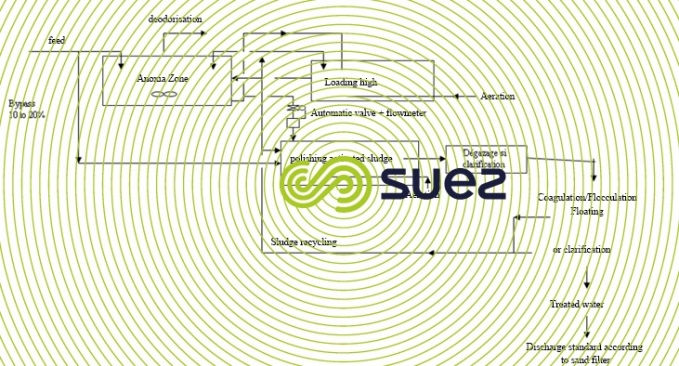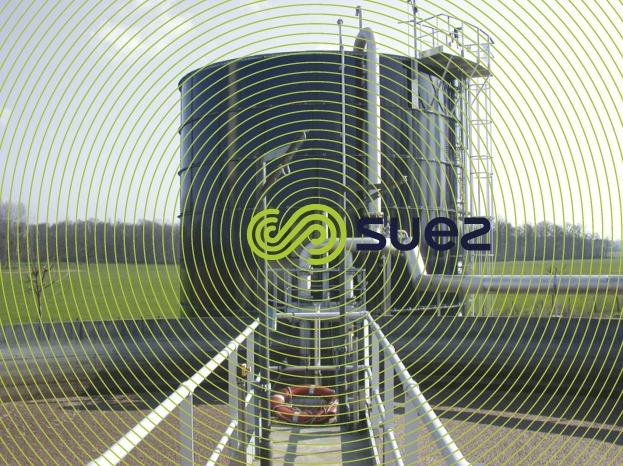reduced sludge production
Reading time:The term «reduced sludge production» applies to technologies used to reduce the amounts of sludge produced directly at source. Incorporated into the treatment chain, these processes operate in synergy with activated sludge process: all or part of the «return sludge» undergoes chemical or enzymatic treatment before being sent to the original biological reactor to be broken down and mineralised
Processes reducing biological sludge production have been developed for industrial applications. These are the free culture Biocontrol and Biocontrol+ processes which use fixed biomass enabling excess biological sludge to be reduced from 40 to 65% and from 50 to 85% respectively.
Biocontrol limits biomass production by controlling bacterial growth.
Rapid and frequent alternation of the redox potential introduces a physiological imbalance in biological processes which limits the oxidative phosphorylation reactions preventing energy from being stored in bacteria in the form of ATP (adenosine triphosphate), which is essentially responsible for bacterial growth.
The production of ATP is achieved by combining two biochemical reactions. In the first reaction, the energy freed during the redox reaction is temporarily kept in a high potential hydrolysis link involving a phosphate set. A second transfer reaction of the same so-called phosphate set in an ADP molecule (adenosine diphosphate) enables the production of ATP responsible for bacterial growth and the production of organic sludge. This second reaction is inhibited by rapid and frequent alternations of the redox potential.
The use of BioControl consists in subjecting sludge to fluctuations in the redox potential by diverting the aerated tank's liquor mix to an anoxia/anaerobic tank. The process is controlled by measuring pH, the redox potential and the flow rate of both the liquor mix and sludge.






Bookmark tool
Click on the bookmark tool, highlight the last read paragraph to continue your reading later












